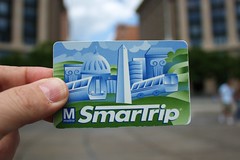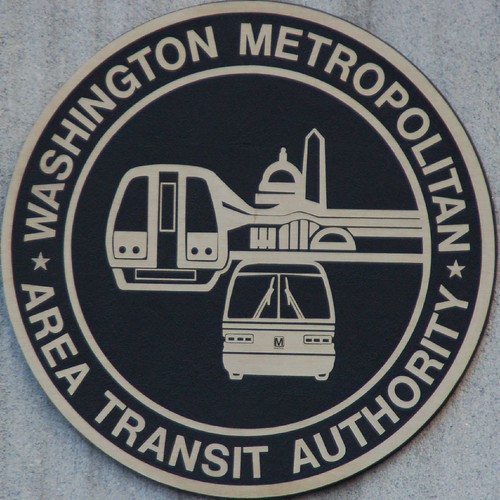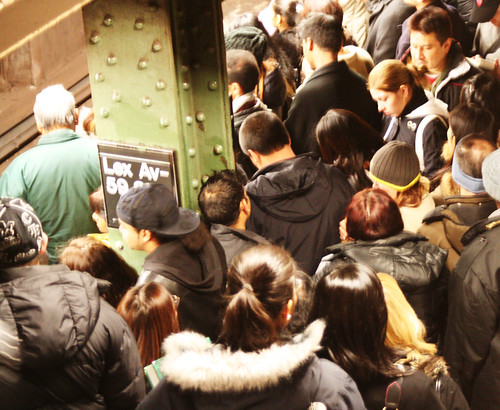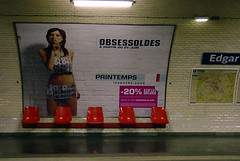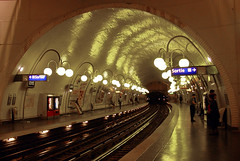Freakonomics Special: Los Angeles Transportation Facts and Fiction – Driving and Delay
(Source: Freakonomics,New York Times via Planetizen; Photo Courtesy: respres@Flickr)
- Los Angeles Transportation Facts and Fiction: Transit
- Los Angeles Transportation Facts and Fiction: Freeways
- Los Angeles Transportation Facts and Fiction: Smog
- Los Angeles Transportation Facts and Fiction: Sprawl
- Los Angeles Transportation: Facts and Fiction, Introduction
——————————————————————————————————————————————
Here is the article on Driving and Delay:
Time to bring the quiz to a close. We’ve seen in past posts that, by the standards of U.S. cities, Los Angeles is not sprawling, has a fairly extensive transit system, and is decidedly light on freeways. The smog situation has vastly improved. The final two stereotypes await.
Thanks to the great distances between far-flung destinations, and perhaps Angelenos’ famed “love affair” with the car, Angelenos drive considerably more miles than most Americans.
According to the Federal Highway Administration, Angelenos drive 23 miles per resident per day. This ranks the Los Angeles metro area 21st highest among the largest 37 cities. The champions (or losers) are probably Houston, followed by Jacksonville and Orlando, all of which are over 30 miles per day. New Yorkers drive the fewest miles (17 VMT per resident per day), thanks in large part to relatively high transit ridership and lots of walking trips.
Despite our reputation, we Angelenos don’t exhibit any particularly great predilection for freeway travel either. Los Angeles ranks 14th out of the 37 largest metro areas in terms of highway miles driven per resident per day. To be sure, this is above the median, but it hardly points to the sort of unique freeway fetish Angelenos are accused of harboring.



